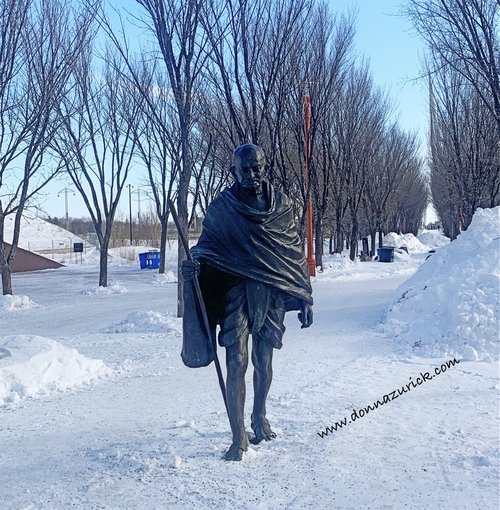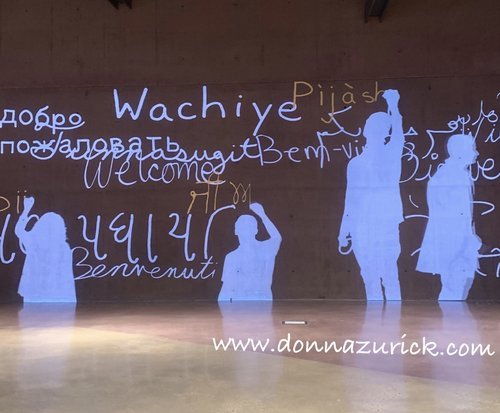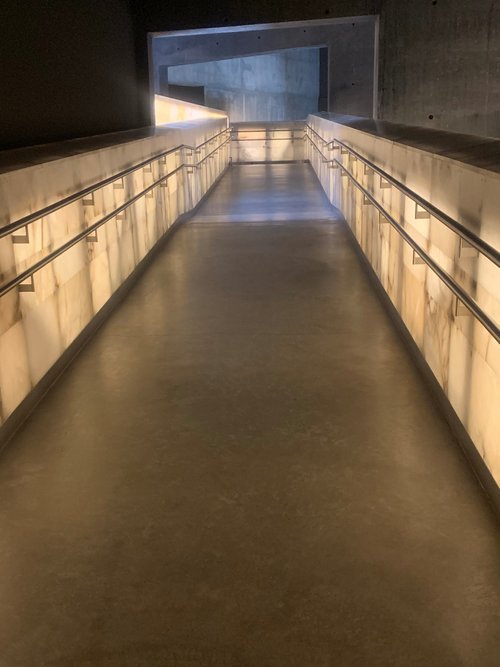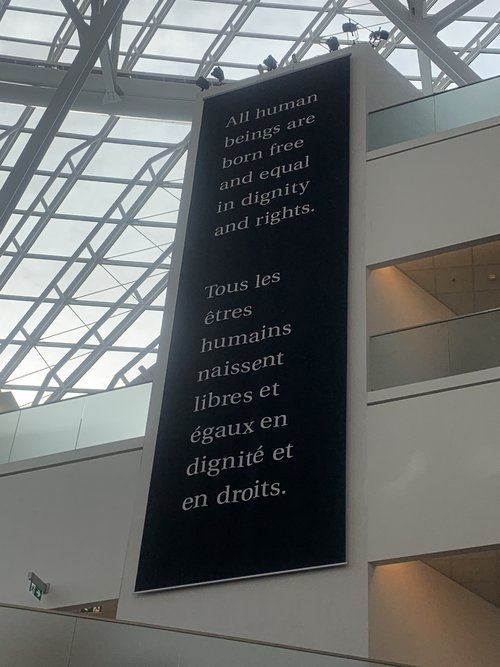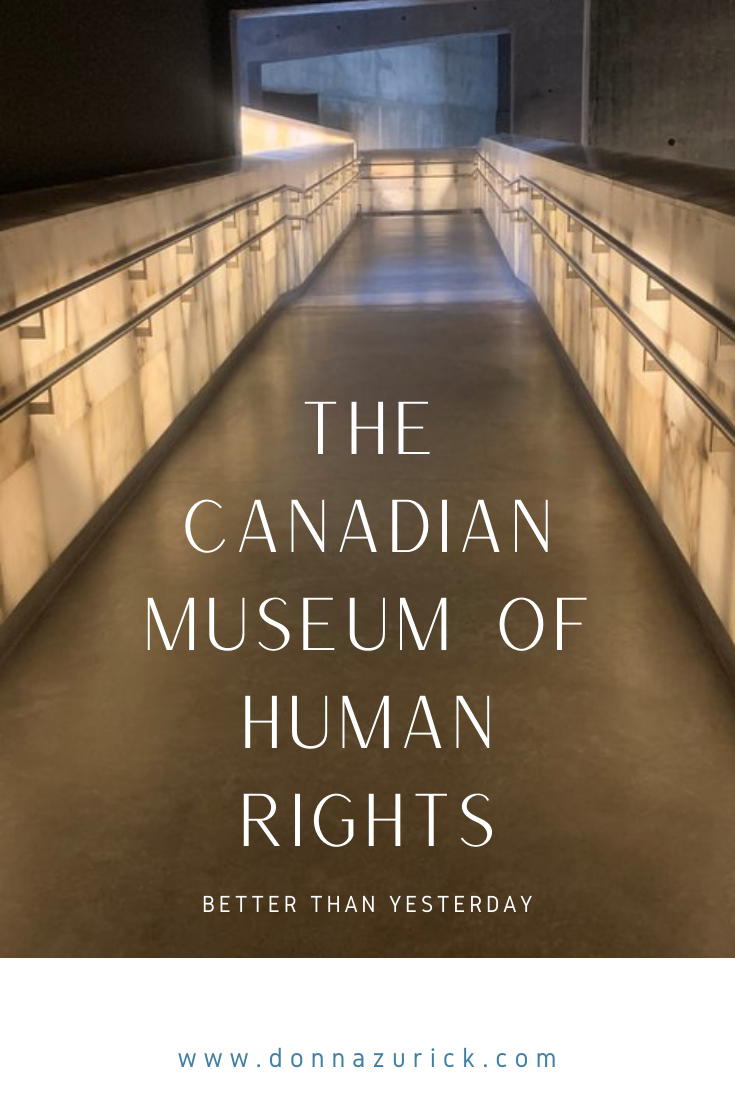The Canadian Museum of Human Rights
This February I took a hockey-focused trip to Winnipeg, Manitoba. Yes, it was cold, but Winnipeg is a fantastic city, and is not just home to the Jets, it’s also home to the Canadian Museum of Human Rights.
The Canadian Museum for Human Rights is located at the Forks in Winnipeg, where the Red and Assiniboine Rivers meet. The Museum opened in 2014, and it is built on ancestral lands. The Forks were known to be a meeting place for Indigenous People, and today it is a National Historic Site.
The building itself is a work of art- it is LEED certified, and was designed by Antoine Predock. The center of the building leads you from the bottom levels to the top along stunning alabaster walkways. This path upward is meant to symbolize your journey at the museum from darkness to light, leading to the realization of human rights for all people.
As the world’s first museum dedicated to human rights, the museum hopes to to enhance the public's understanding of human rights, to promote respect for others, and to encourage reflection and dialogue. The museum provides a wealth of history and information on human rights throughout the world, but there are also activities available to learn more about the various exhibits.
There are ten permanent galleries in the museum: What Are Human Rights?, Indigenous Perspectives, Canadian Journeys, Protecting Rights in Canada, Examining the Holocaust, Turning Points for Humanity, Breaking the Silence, Actions Count, Rights Today, and Inspiring Change. There are also several levels that house changing exhibitions, and on the top level is the Israel Asper Tower of Hope, which offers panoramic views of the area. Along the way, you can also stop in to the Garden of Contemplation to rest and reflect on your journey.
I was surprised to see how some countries in the world lead the way, even enacting laws to protect human rights. Yet so many others are slow to catch up, and some even refuse to acknowledge the rights of certain populations. Canada seems to have an ability to take a look in the mirror at their own history, and how they once treated people who were not considered equal- and I think that makes the country an ideal location for this museum.
The world still has a long way to go, and many people still let fear rule their mind. I came out of the museum with an appreciation of the rights that I have. But also with a desire to take what I have learned, and apply it to my daily life, helping others who need it through my actions, my words, and my vote. The message of the Canadian Museum of Human Rights is sobering and powerful- if you do find yourself in Winnipeg, it should be your first stop!


